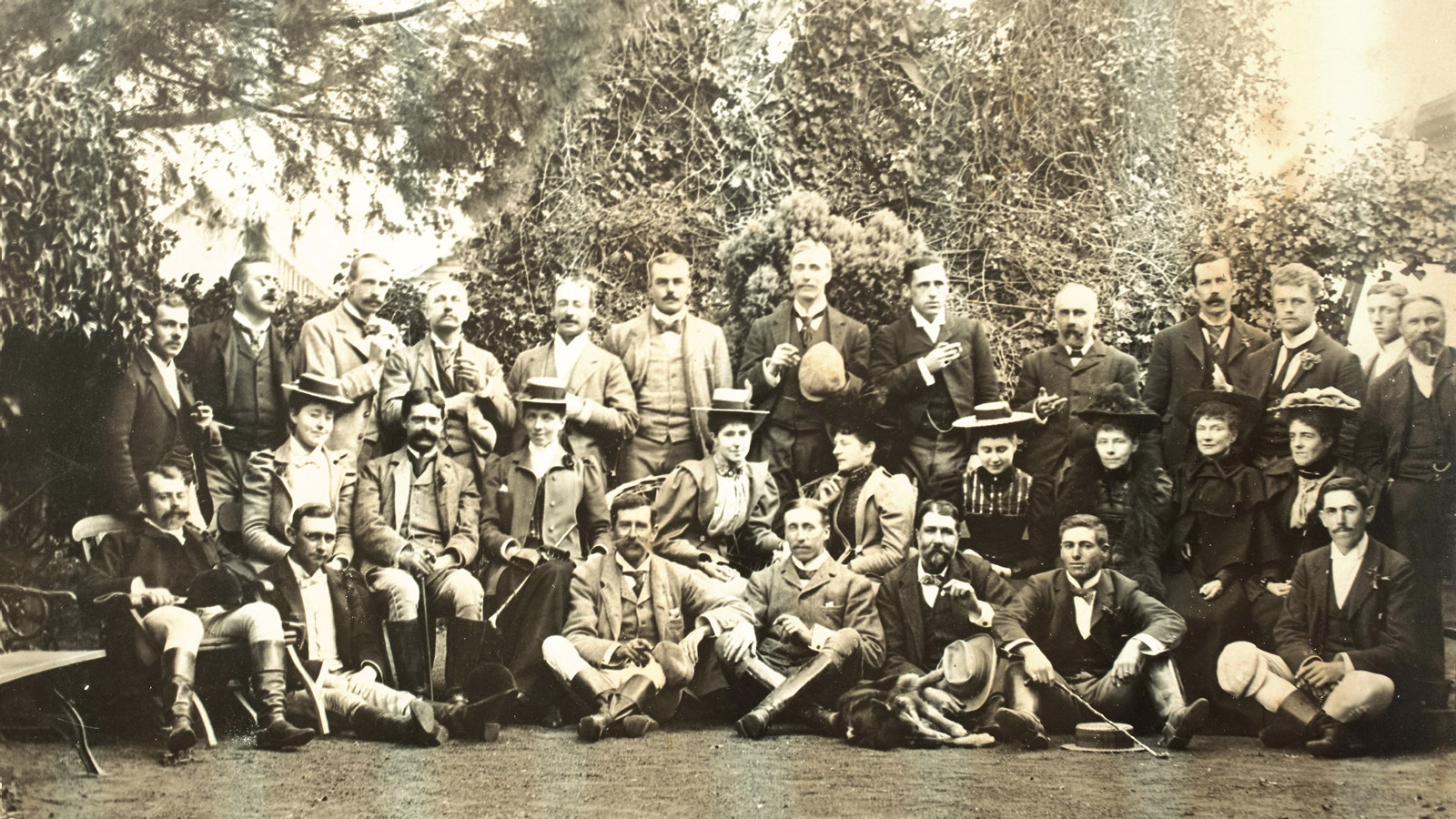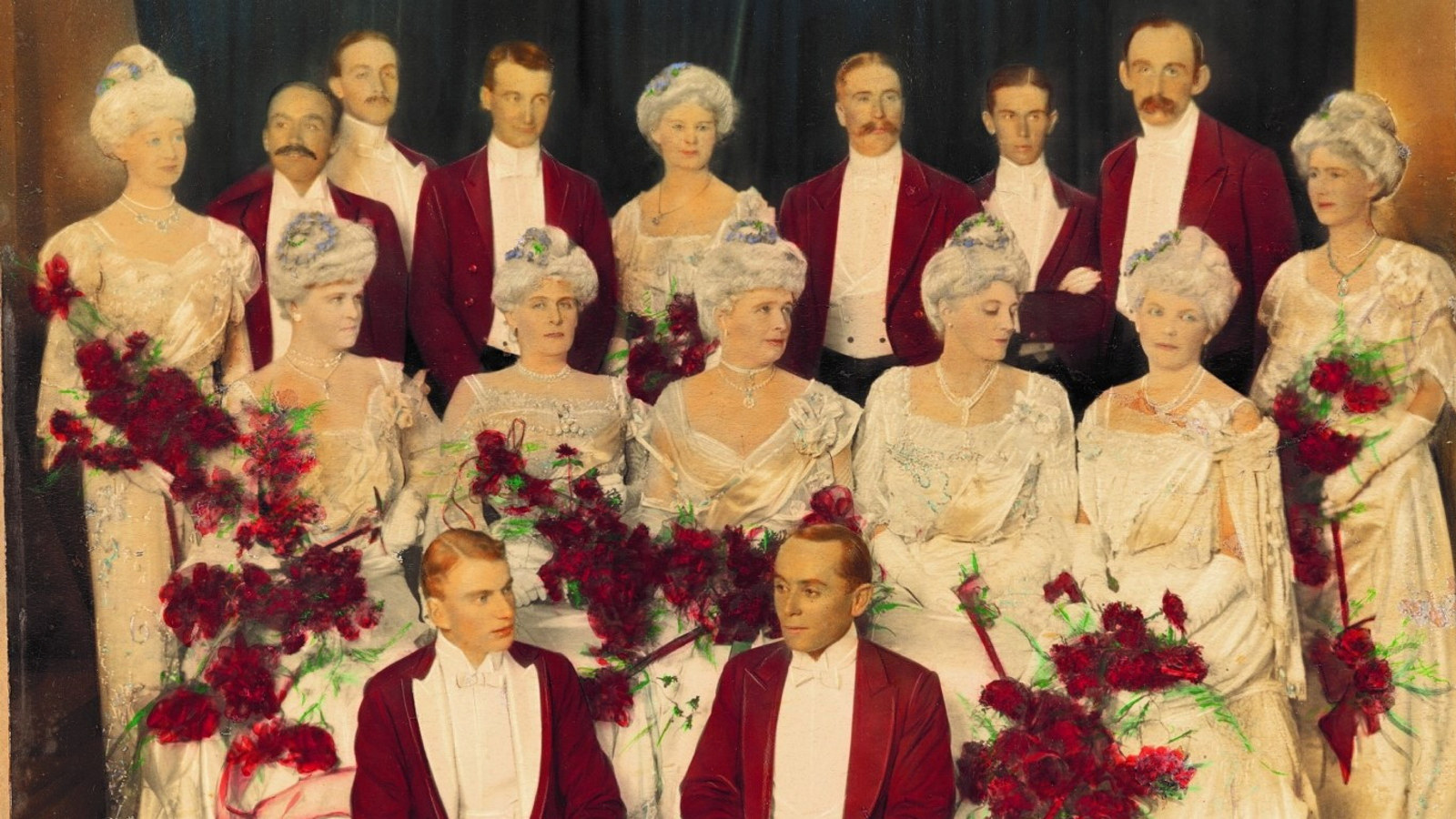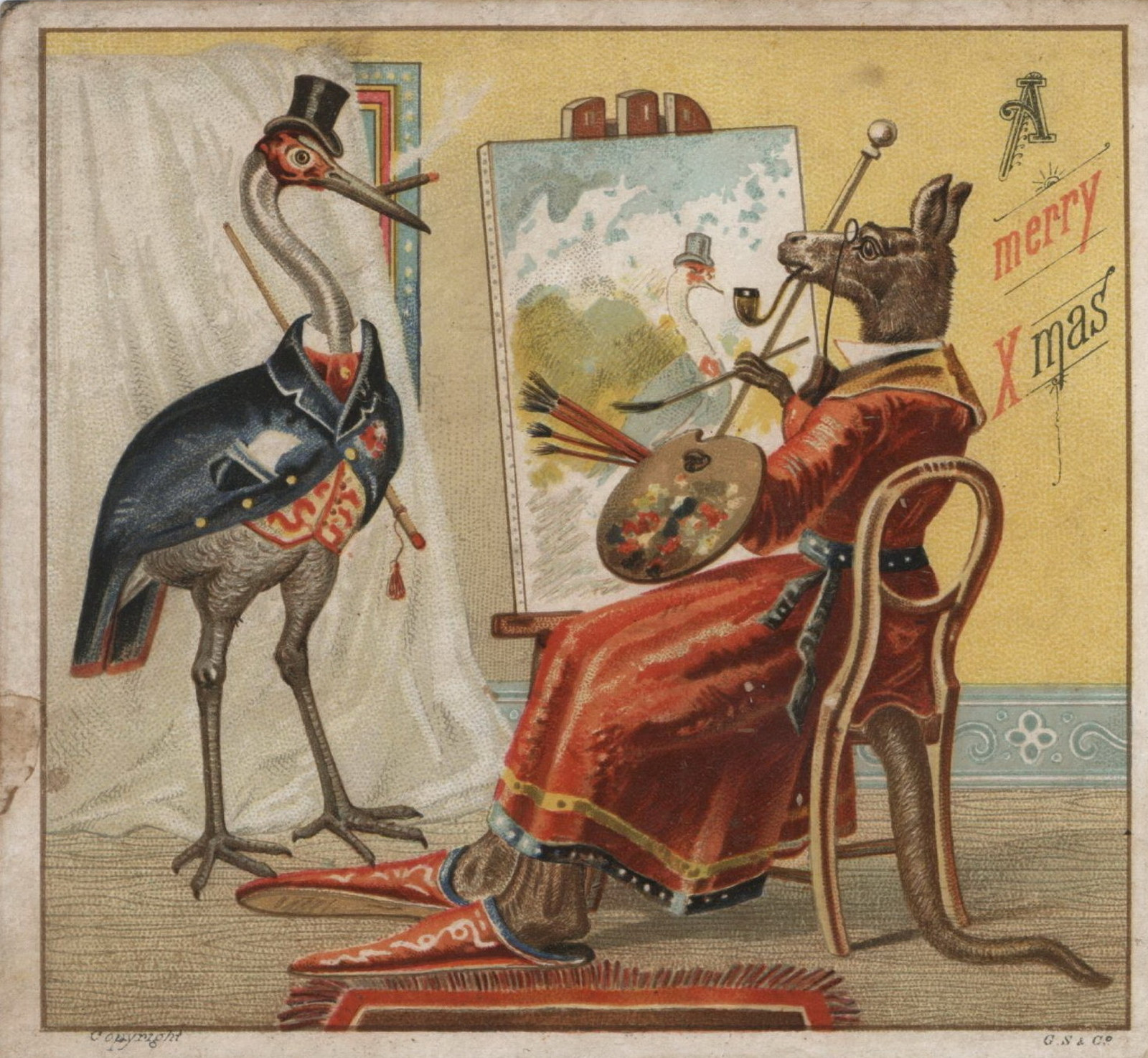Boxing Day 1908 Burns v Johnson
World Heavyweight Boxing Champion Tommy Burns was finally enticed to fight challenger Jack Johnson at the Sydney Stadium in Rushcutters Bay, Boxing Day 1908. The fight was to change the history of boxing with Johnson crowned the first black Heavyweight World Champion.
When Jack Johnson, standing just over six feet tall and possessing a well-muscled physique, climbed into the ring at the Sydney Stadium on Boxing Day in 1908, the 20,000 strong crowd was certain he was going to lose. The fact that his opponent for this World Heavyweight Boxing Championship bout, Tommy Burns stood only five foot seven was immaterial; for Burns was white and the darling of the crowd and Johnson, the challenger was black. The thought that a black man would upset their white champ was impossible for the crowd to countenance and the punters amongst them had made Burns the heavily backed favourite.
For two years Johnson had pursued Burns around the world attempting in vain to get the champ to fight him. Heavyweight champions in those days were white, drawing the “colour line” as it was called in their refusal to fight African American boxers. It was only through the intervention of colourful entrepreneur Hugh D McIntosh who changed the course of boxing history when he staged this fight that the line was breached. “Mac” as his friends called him, asked Burns how much money he would need to fight Johnson. Burns plucked a seemingly outrageous figure from the air, £6000 and was shocked when McIntosh thrust out his hand and the deal was done.
Sydney was engrossed in the details of the preparation leading up to the fight. Johnson, who was originally to be paid only £1000 for the fight, took up camp at the Sir Joseph Banks Hotel in Botany while Burns retreated to a cottage at Medlow Bath in the Blue Mountains. Johnson was by far the more entertaining subject for the press and was reported engaging in stunts such as chasing a wallaby around an enclosure until the hapless marsupial collapsed from exhaustion. He was also portrayed as a “capering negro” by the press with equal amounts of fascination and disgust. Burns on the other hand was sketched by artist Norman Lindsay, thoughtful and Napoleonic, sitting in a lounge chair.
When Boxing Day dawned the crowd at Rushcutters Bay was already huge. Police used sticks to beat the long grass around the perimeter to roust people hoping to sneak in under the bleachers. When Johnson saw the size of the crowd he demanded more money from McIntosh who supposedly drew a pistol from his desk drawer and threatened to shoot him. Johnson was eventually paid an extra £500.

Footage of the fight shows the punters faith in Burns was wildly misplaced. Johnson can be seen toying with Burns over the 14 rounds the fight lasted. He smiles and goads Burns while in the clinches. On the other hand a hopelessly outclassed Burns seems grateful for the chance to sit down between rounds and also for the champagne his seconds pour over him and massage into his fast tiring muscles.
The police eventually called a stop to the fight, suspecting Burns had a broken jaw and many believe to end the spectacle of the now former white champ receiving further punishment. Strangely the footage stops too, just as the police enter the ring, perhaps in an attempt to hide the outcome to future audiences.
The result of the fight sent shockwaves around the world.
Jack London, who reported on the bout for the world’s press coined the phrase “The great white hope” when wondering who would take the challenge up to Johnson. The answer to that question was several years away... but the fight had ensured the Sydney Stadium was now the greatest stadium in the world and had crowned the first African American as World Heavyweight Champion.
Published on
Related

‘Here’s luck to the aniseed!’: The Sydney Hunt Club
Seen throughout Rouse Hill House are compelling reminders of how important horses were to the Rouse and Terry families

A look back at the Sydney 2000 Olympics
Do you remember when Olympic Fever hit Sydney in 2000? The Olympic Games and Paralympic Games in Sydney welcomed and hosted over 11,000 athletes from 199 countries. Together with 50,000 volunteers and millions of spectators Sydney captured the attention of the world - a city of sport, festivals, arts, community, friendship and fun

A wayward prince
Investigating a possible imposter seen in a striking photo at Rouse Hill House, Dr Scott Hill uncovered a story of scandal

Bessie Rouse’s scrap album & the first Australian Christmas cards
A nineteenth-century scrap album, carefully stored in a bookcase at Rouse Hill House, holds hidden treasure – if you know what you’re looking at